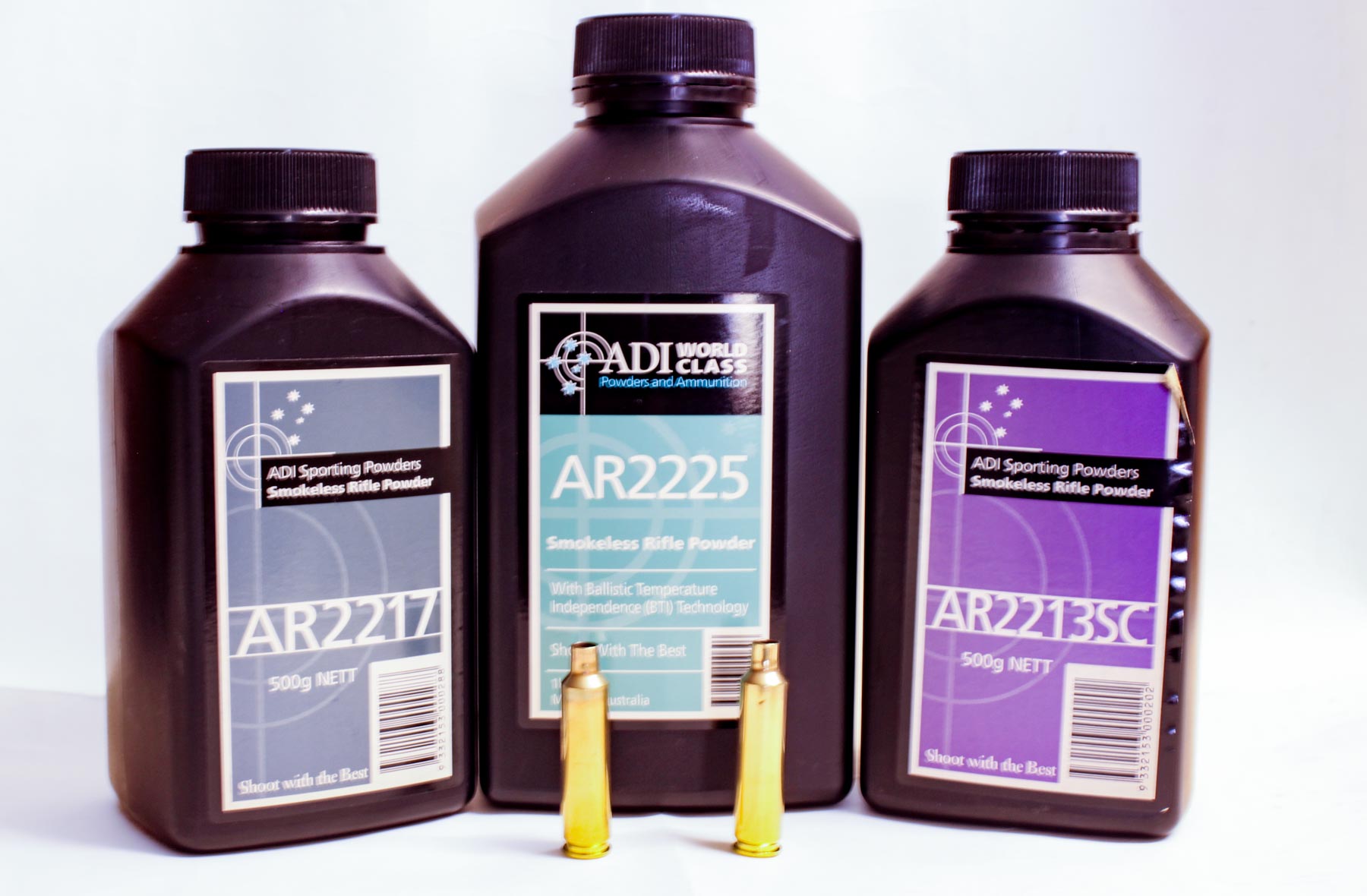The real problem when dealing with the wildcat and Ackley cartridges is the variation imposed by different gunsmiths. When it comes to load development for such cartridges you have to proceed very slowly and do your research to protect yourself.
With the Ackley cartridges, the initial powder load should be the maximum load of the parent case. From there you work cautiously forward, watching for any pressure signs, and when they occur you back off one grain in powder weight and use that as your safe maximum.

Wildcat cartridges are different and often difficult in that there is usually no data about powder loads to provide a starting point for load development.
With the Ackley cartridges I normally average out the maximum loads from several manuals as a starting point with the parent case and proceed carefully from there.
This was the situation I faced when I added another barrel to my switch-barrel rifle. This one had a 1:7 twist to manage heavier 115gn projectiles.
I first averaged out the maximum loads of the parent .243 Win case, or their equivalents for AR213SC, AR2217 and AR2225 powders. There was not a lot of data available as most loads stopped around 107gn projectile weight or less.
The results were 42.0gn of AR2213SC, 43.5gn of AR2217 and 45.5gn of AR2225.
Load development commenced with starting loads of at least 3gn less than those maximums and followed conventional practice. Projectiles were Gary Little 115gn protector points that weighed between 115gn and 115.3gn.
All groups were preceded with one barrel-fouler and all three-shot groups were fired at a comfortable pace at 100 yards.

I had high hopes of good accuracy with the barrel/cartridge figuration in what had proven to be an accurate rifle and I was not disappointed.
AR2213SC produced the best accuracy using 44gn ignited by a CCI BR2 primer; average velocity hovered around the 2890fps mark. Accuracy including the two proof rounds averaged 0.51 inches.
AR2217 was very similar, both in terms of velocity and grouping: 46.5gn ignited by BR2 primers for an overall group average of 0.53 inches. This was three grains above the starting load with no pressure signs. Remarkably, velocity averaged 2890fps, the same the AR2213SC load.
45gn of AR2225 ignited with Federal 215 primers produced an average of 2794fps and an overall group average of 0.67 inches. While the speed was a touch slower, it was still acceptable, as was the grouping.
All three loads are suitable for the task at hand using this particular projectile.
One other projectile had gathered dust for too long in the reloading cupboard. If it proved to be accurate there was a place for the RWS Cone Point, a 96gn partition-type projectile, as a long-range accurate round for pigs, preferably shot off a bench.
It proved to be quite accurate when propelled by 41gn of AR2209 ignited with Standard Winchester primers, producing an average velocity of 3030fps and groups that averaged 0.57 inches overall — most acceptable.

As an aside, I had a limited number of protector-point projectiles left over from a couple of other experiments. Some weighed 103gn and were propelled by either AR2209 or RE-26 to slightly higher velocities and sub-0.80 inch groups. The same applied to projectiles that weighed 107gn.
The decision to add another barrel to the rifle was, in my opinion, well justified. It now has some serious long-range work to do.

0 Comments